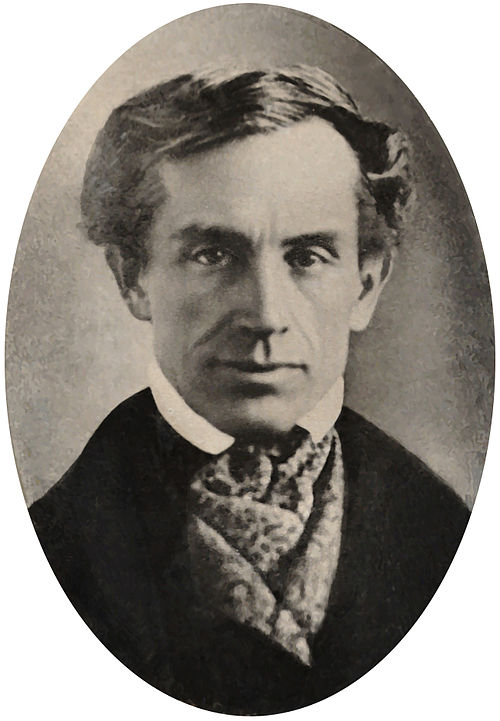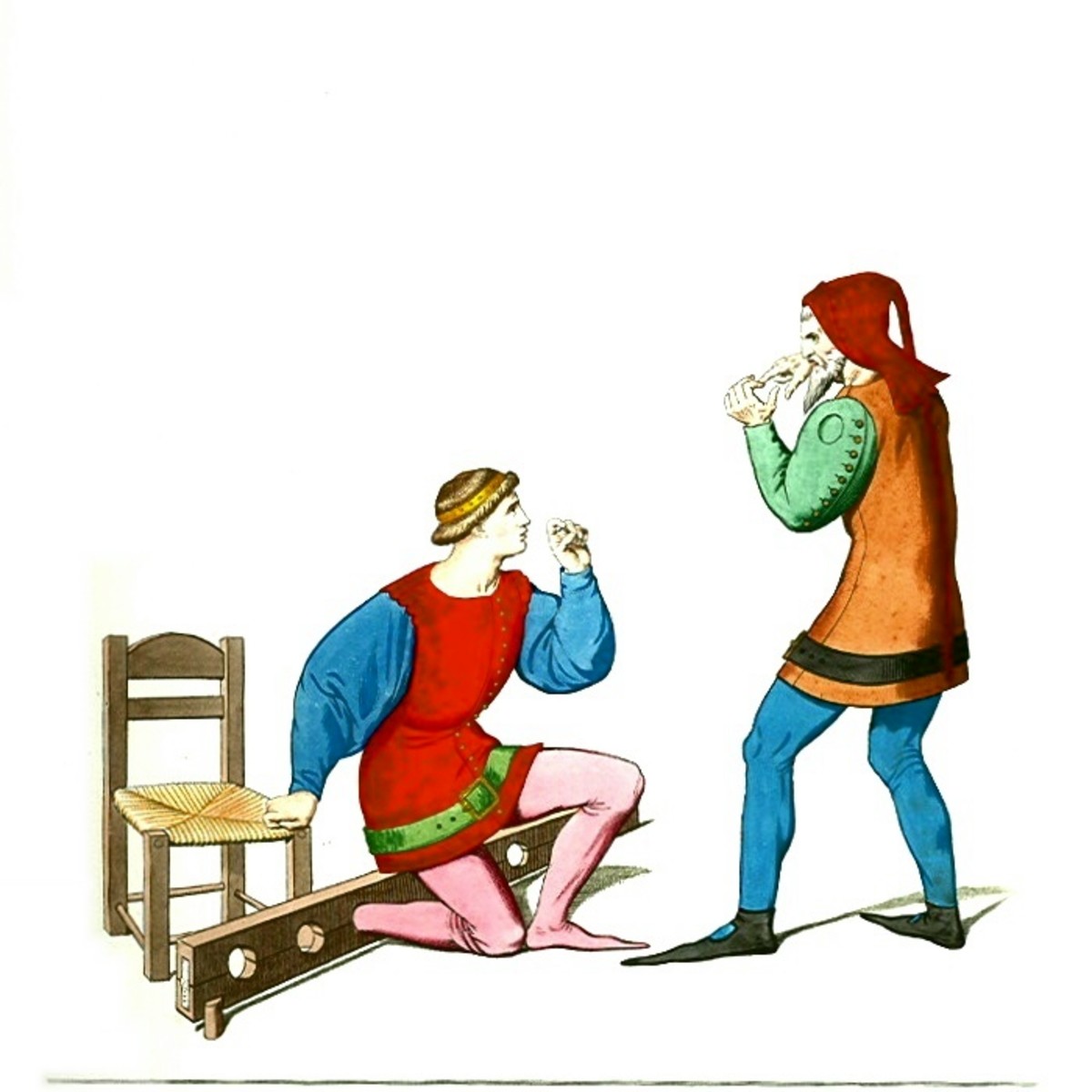The Communication Revolution- Morse Code and the Telegraph System
High speed communications- by foot!
From the early years of civilisation the speed of communication was limited to the speed of man or animal- news of disaster or victories could only be spread by the word of a man, usually on horse or camel. This was the situation in the late eighteenth century, although many advances and discoveries had been made, communications were still slow.
In the sixteenth century there was a common folklore that sympathetic needles would spread word easily. It was thought that writing would be reproduced at the other end of an invisible chain by using sympathetic needles which would create the writing.
Origins of the Telegraph system
On 11am on March 1791 French brothers, Claude and Renee Chappe sent the first telegraph message using an optical design which was a mixture of black and white panels, clocks, and telescopes to read a message and a codebook to decipher the code. The message was received some ten miles away “ If you succeed you will soon bask in glory” The new machine was named the telegraph and after modifications it was ready to make its public debut in 1793.France was in a period of political turmoil and the revolutionary government quickly realised the advantages of quicker communications. The French telegraph service through a series of linking towers was started in May 1794 to run from Paris to Lille. Britain built its first telegraph towers in 1795 to communicate from the centre of London to the south coast ports but by the end of the century telegraph towers were springing up all over Europe. The optical telegraph system had a number of disadvantages. It was expensive to set up as there was a need for towers at frequent intervals so services were government run and used for military needs. The major problem was that information could not be seen at night and in times of mist or fog- which could descend unannounced, especially in boggy or low lying areas. There had to be an alternative way of passing information and studies started around the use of electricity.

Samuel Morse
The name of Samuel Morse is associated in most people’s minds with the development of the telegraph. Samuel Morse was born in Charlestown, Massachusetts in 1791 and was an artist by profession. He went to Europe to paint portraits and whilst there decided to reproduce the 38 main paintings in the Louvre so that he could put them on display in New York as few people could travel to Europe. He returned from France in a ship called the Scully, although a fast ship, it would take her six weeks to make landfall in America. Over dinner a passenger, Dr Charles Jackson asked,
“How fast did electricity travel along a wire and how far could it go?” This question stimulated Morse into designing the electric telegraph. Whilst packing the decks of the ship Morse devised his signal scheme- the dot and dash scheme which is now known as the Morse code. Working with Jackson he found a method to get a pencil to record an incoming signal on a piece of paper. On his arrival home Morse continued to develop the system.
William Fothergill Cooke in Britain
On the other side of the Atlantic a British inventor William Fothergill Cooke was having the same difficulties as Morse in getting power to his telegraph system. Cooke went into partnership with Wheatstone, a scientist, and patented a five needle telegraph, which only produced 20 letters but could be used without a code book.
Morse was by then a Professor of Art and Design at New York University and he received scientific help from Professor Leonard Gale also of New York University. The duo managed to get enough current to their system to send a message through a ten mile long wire. The major problem was a lack of capital, Morse had been financing the development of his system largely from his salary . Further capital was injected by a new partnership with Alfred Vail who financed and built a set of instruments The Morse code was redefined, each letter being given a specific dot and dash pattern, without the need for a code book.
The two teams worked independently but neither made much progress. The US government rejected Morse’s designs and Europe was interested in them. Whetstone and Cooke fared slightly better in that they were able to build a line on the Great Western Railway, but did it at their own expense.
Early electric telegraph
In December 1842 Morse finally managed to persuade Congress that his invention would work and a bill was passed allowing him £30,000 for an experimental line.- however this did not signify unanimous support from Congress with a number of representatives abstaining on the basis that the people would not be able to understand an invention that they could not see. A telegraph line was constructed alongside the railway line between Baltimore and Washington, about 40 miles . The line was finished on 24th May and a message transmitted from Baltimore to the Supreme Court in Washington- it seemed that the electric telegraph had arrived and proved it was capable of transmitting messages, but still it was treated as a party trick rather than a means of communication.
In the UK Cooke had licensed his invention to an entrepreneur Thomas Horne who used it as an attraction; however it made sensational news when used to announce the birth of the Queens second son on 6th August 1844. On his way to a celebration banquet it was discovered that the ceremonial dress suit of the Duke of Wellington had not been packed. On arrival a telegraph was sent to London and the suit sent down on the next train in time for the dinner. An arrest was made in January 1845 of a murderer John Tawell who boarded the train at Slough in disguise. He was recognised just as the train departed and the London police were alerted to meet the train. Tawell was subsequently found guilty of murder and hung. This caused a sensation in the national papers and Horne used the publicity to advertise his attraction rather than the practical uses of the electric telegraph
Success!
Back in America, things were no better; the line was used as an attraction apart from a few far sighted businessmen. Morse appealed to congress for the extension of the line to New York but received a negative response. If government were not interested then the next target was private industry. In exchange for shares in his new company the Magnetic Telegraph Company investors money was put into new lines across the country. The Postmaster General Cave Johnson decided t o try and get a return on the money that congress had invested in the Washington to Baltimore line, but the returns were meagre and the costs high. The line was handed over to the Magnetic Telegraph Company run by Amos Kendall a former journalist and politician who, once the line was finished between Philadelphia and Baltimore, advertised the new service – which immediately took off.
In the UK Cooke managed to persuade the British government of the use of a line from London to Portsmouth one of the major naval towns and home to the country’s largest dockyard. The arrest of the murderer Tawell were noticed by John Lewis Ricardo a prominent MP and also a rich man. In September 1845 he bought out Wheatstone and Cook and set up the Electric Telegraph Company to link communications through the country.
The electric telegraph was here to stay and very soon the speed of communications would change forever.




